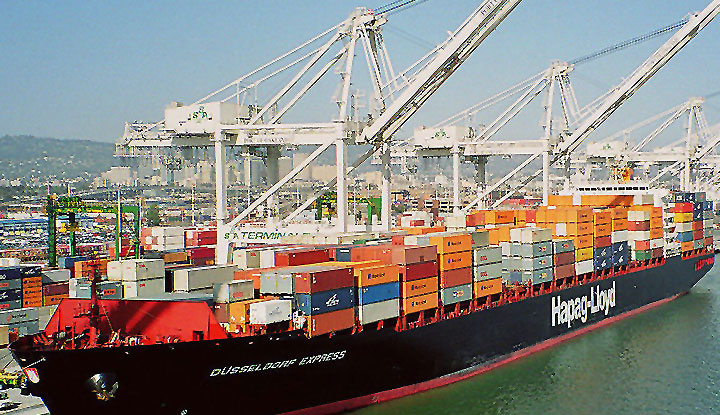The last two decades have been characterized by de-industrialization in the West and outsourcing to the East. Individual entrepreneurs and large retail chains alike have been looking to countries such as China and Vietnam as the sources for a wide range of products. This is about to change.
Your future suppliers could be much closer than you think and “Made in America” is no longer synonymous with “uncompetitive”. Let’s take a closer look.
1. Made in China is not as cheap as it used to be.
Outsourcing to China is not easy and the risk for defective units and other quality assurance issues is high. There was a time when product prices were so low that importers could simply absorb the costs of spoilage (i.e. defective units). Not anymore. Higher wages, domestic inflation, increased freight costs and the appreciation of the CNY (China’s currency) takes its toll on importer profit margins.
For Chinese suppliers, the most efficient countermeasure would be to simply increase quality standards. However, this has yet to be done. According to a Globalsources.com survey, only one-fourth of polled suppliers said they planned to increase efficiency in order to counter rising costs. The rest were more interested in cutting production costs and shifting focus from developed Western markets to emerging markets in Asia, Africa and Latin America.
These are simple solutions that are neither long-lasting nor do they solve the core issue of high defection rates. Prices will eventually catch up again, but quality issues will remain.
2. Re-shoring to the United States will increase.
By definition, reshoring is the act of bringing outsourced personnel and services back to the location from which they were originally outsourced.
Low margins and a high number of defective units doesn’t bid well for domestic businesses. Instead, companies such as Apple and Google are taking the lead to bring back production home to America. According to reports, as many as five million jobs could be brought back to the United States alone by the end of this decade.
“The economics haven’t shifted all the way yet, and it takes time for companies to act on this kind of data. But the trend line is clear” – Hal Sirkin, Boston Consulting Group
Many companies got caught up in the outsourcing craze of the 1990s and 2000s. The aim was always to save money, but few companies did and only the downsides remained. It’s not only about costs, re-shoring can drastically reduce delivery times and enable a more flexible manufacturing model that does not require huge minimum order quantities to become viable.
One of the best examples of how small businesses can benefit from this trend is American Giant, a retailer who sells American-made men’s apparel. American Giant sells directly online to the end-customer instead of selling through retailers. Setting up a factory is not something for everyone, but the point here is that companies like American Giant prove that “Made in America” can be competitive in both price and quality.
3. Made in Mexico is an attractive alternative.
Mexican manufactured imports to the United States grew by 30% between 2005 and 2012. At the same time, Chinese imports to the United States has been in decline since their peak in early 2009.
“From a high of 29.3% of the total at the end of 2009, it [Imports from China] has now shrunk to 26.4%.” – The Financial Times, September 2012
This is not surprising, considering that Mexican wages are below China’s for the first time in a decade. With a young population and proximity to the United States, “Made in Mexico” is increasingly becoming an attractive alternative to “Made in China”.
© YFS Magazine. All Rights Reserved. Copying prohibited. All material is protected by U.S. and international copyright laws. Unauthorized reproduction or distribution of this material is prohibited. Sharing of this material under Attribution-NonCommercial-NoDerivatives 4.0 International terms, listed here, is permitted.

We are a diverse group of early adopters, innovators, entrepreneurs, startup enthusiasts, influencers and small business aficionados. Stay connected to YFS Magazine as we share our unique perspectives on startups, small business, and entrepreneurship culture.
Show More











